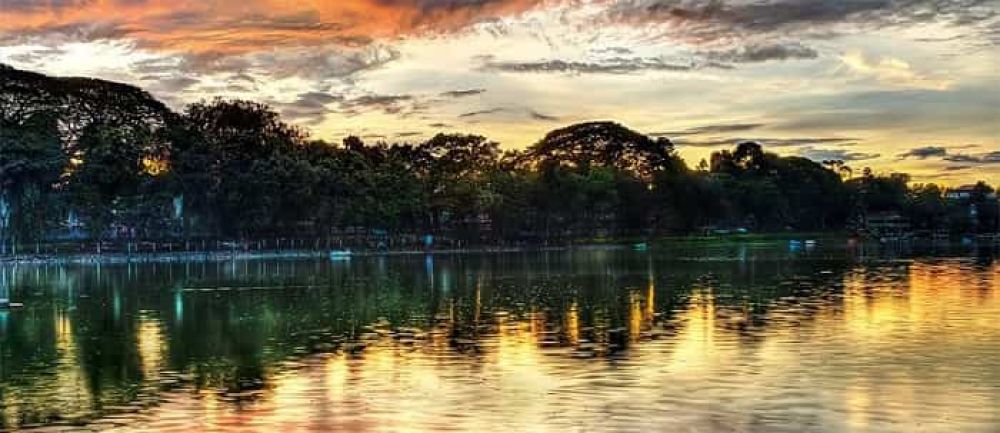

Nestled on the banks of the Brahmaputra River, Guwahati is one of the fastest-growing cities in India and is known for its rich history and cultural significance. The history of tourism in Guwahati can be traced back to ancient times when it was known as Pragjyotishpura and was a hub of cultural and religious activities.
With the advent of colonial rule in India, Guwahati witnessed increased connectivity and exposure, drawing more tourists to explore its unique blend of culture, history, and nature. The establishment of the Saraighat Bridge in the 1960s further consolidated its position as a key stopover for travelers venturing into the North-Eastern region, thereby extending its tourism appeal.
The city's historic temples, such as the Kamakhya Temple, which dates back to the ancient Kamarupa Kingdom, have always been a focal point for pilgrims and cultural tourists alike, making it a significant contributor to Guwahati's early tourism. The Umananda Temple situated on Peacock Island is another heritage landmark that captivates numerous spiritual seekers and history enthusiasts every year.
The establishment of the Kaziranga National Park a few hours away and the Pobitora Wildlife Sanctuary has catapulted Guwahati into the limelight for wildlife enthusiasts, contributing immensely to the growth of ecotourism in the region.
Post-India's economic liberalization in the 1990s, Guwahati has seen remarkable development in its tourism infrastructure with the establishment of various hotels, resorts, and improved transportation facilities. The Lokpriya Gopinath Bordoloi International Airport has been playing a pivotal role in connecting Guwahati with the rest of India and the world, thus fueling tourism.
In recent years, there has been a significant emphasis on sustainable tourism and the promotion of local arts and crafts. River cruises on the enchanting Brahmaputra have become increasingly popular amongst tourists, providing a unique and serene perspective of the city's landscape and surrounding areas. The growing trend of culinary tourism is also adding a flavorful dimension to Guwahati's tourism, allowing visitors to explore Assamese cuisine and tea gardens.
The government has also invested in regional festivals like the Ambubachi Mela and the Brahmaputra Beach Festival , which are attracting tourists from across the globe. With digital advancements, many operators are now offering virtual tours, and local experiences curated to showcase Guwahati's rich cultural tapestry for those unable to travel in person.
Guwahati is poised at a unique precipice where the charm of its ancient past coalesces with the aspirations of a modern city, making it an alluring destination for tourists worldwide. As Guwahati continues to develop and reach new heights, its tourism narrative keeps evolving, promising visitors an enriching and unforgettable experience.